| Brinkmann Publishing LLC • 612 Old Iron Works Road, Spartanburg SC 29302 • 571-723-2333 • bruceCgreenberg1@gmail.com |
|
|
Click on a cover below
to learn about that book.
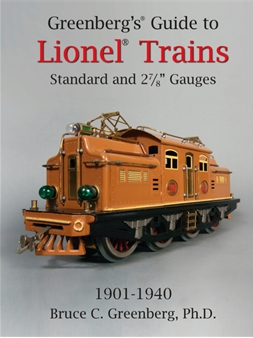
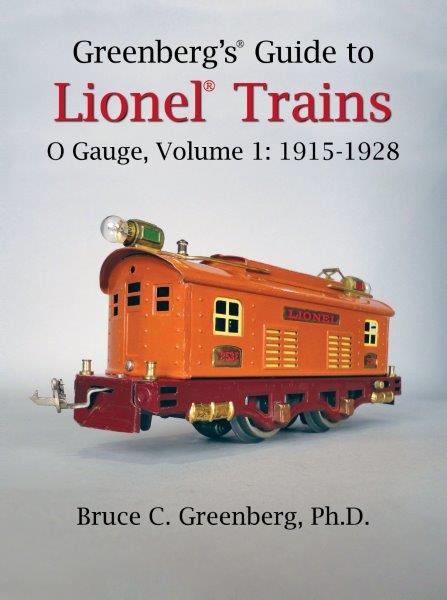
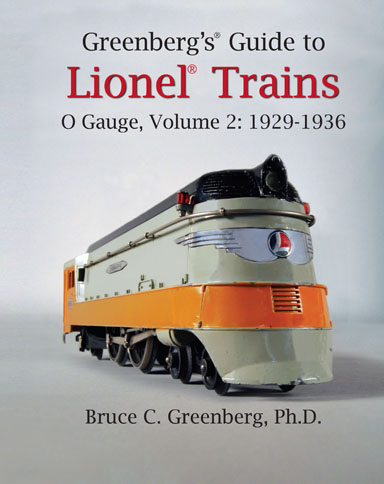
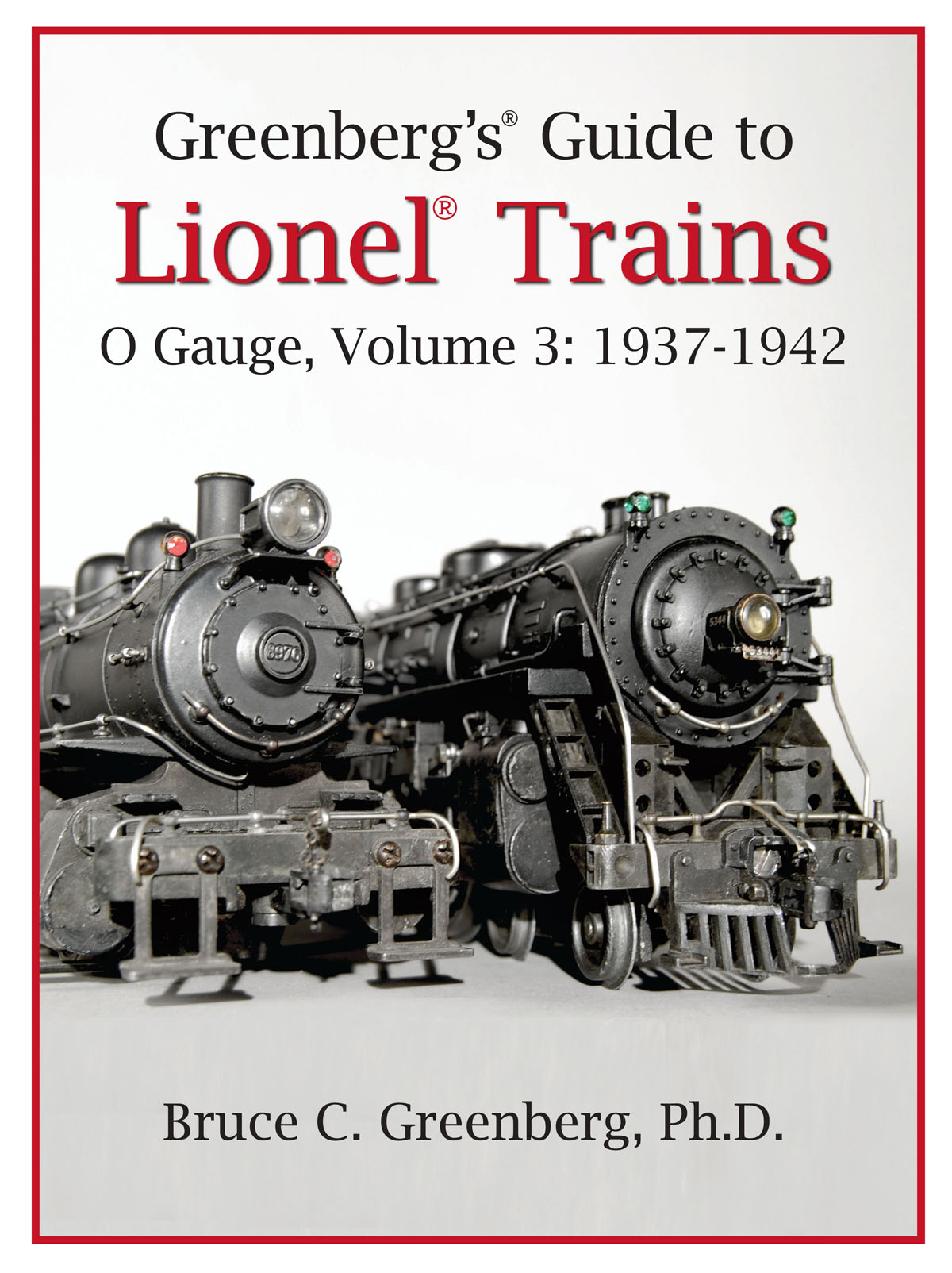
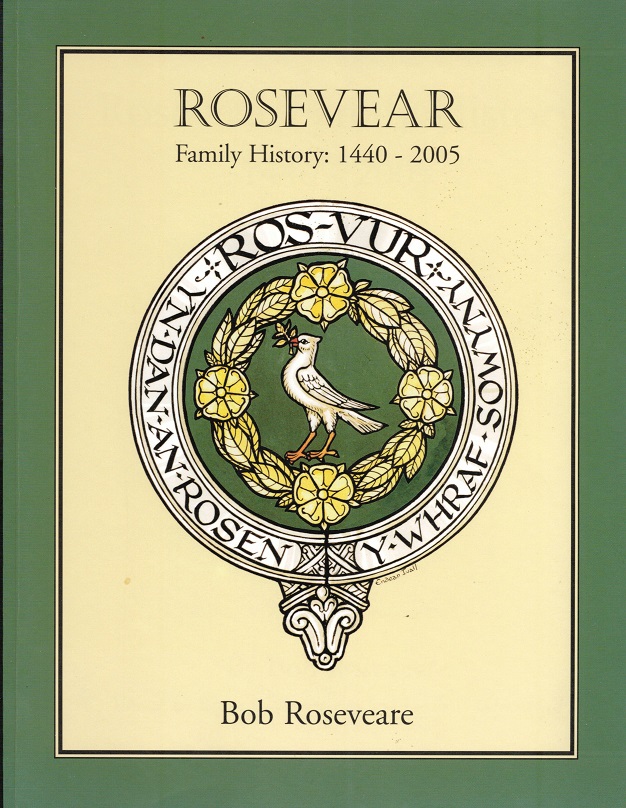
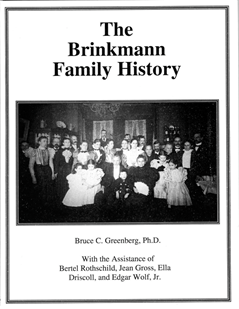
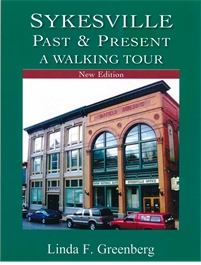
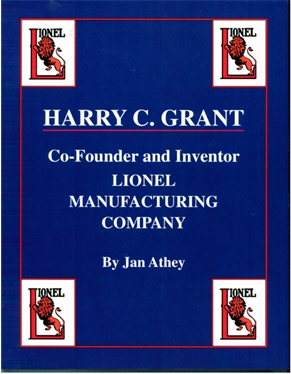
Help us research Frank Dill Furniture 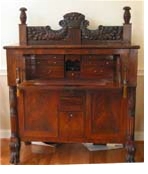
|
The Bessley Rail Road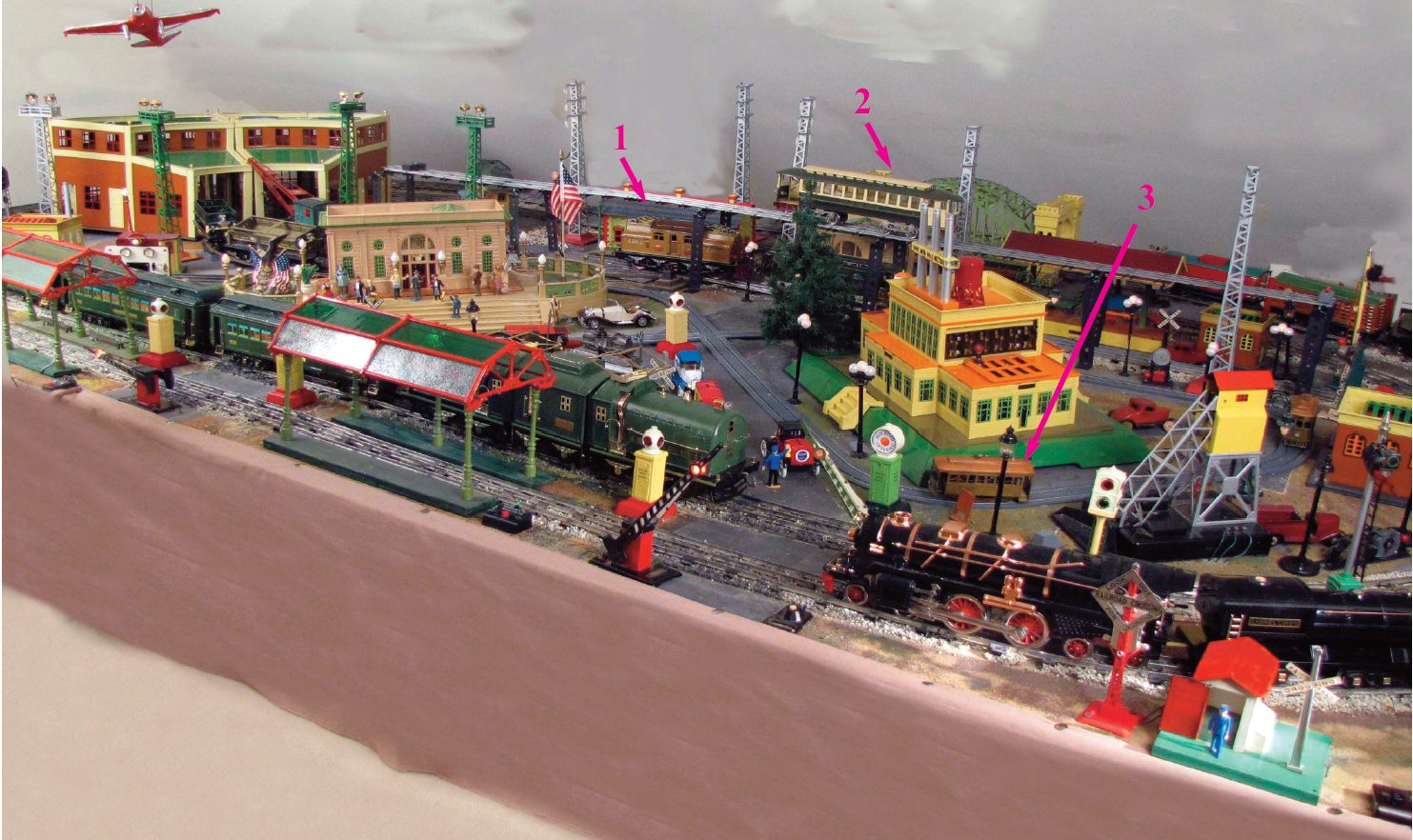
The 2010 Bessley Rail RoadThe "Standard Gauge Layout" was constructed in the early 1980s for exhibit at Greenberg Train Shows in Baltimore, Philadelphia, Pittsburgh, Long Island, and Boston. The layout has traveled thousands of miles. (For more details see "The History of the Standard Gauge Layout at Bessley Place", The Train Collectors Quarterly, Part 1, July 2011 and Part 2, October 2011.) The Bessley Rail Road was named for its location on Bessley Avenue in Alexandria, Virginia. In August, 2022 it was disassembled and packed in four crates and 105 boxes and relocated to Old Iron Works Road, in Spartanburg, South Carolina. The rebuilding is a major project. It was built from four sheets of Homasote and when assembled was 8 feet wide and 16 feet long. The Standard Gauge layout was the second layout built by Greenberg Shows to be taken on the road. (The first, the 40 foot long O and Standard Gauge layout, was subsequently redesigned for O Gauge only.) The photograph above shows the Standard Gauge layout in 2010 by which time it had many more buildings, lights, vehicles, and crossing signals, etc., than when it traveled the show circuit. Before a show it would have been impossible to put all these new objects on the layout in the two or three hours available before each show. By 2010, the layout had three additional operating tracks. Along the back there was (arrow 1) a siding with No. 408E locomotive running switch duties and (arrow 2) an elevated track with No. 8 streetcar providing rapid transit service. Both the No. 408E and the No. 8 ran from one end to the other and automatically reversed using electronics supplied by Circuitron. In the foreground, (arrow 3) the city trolley provides downtown service using Superstreet track. Superstreet, with very tight 16-inch diameter curve track, is ideal for this congested area. The story continues in 2013. Click here to see the Bessley RR in operation. Right-click here to download a version of this web page in PDF.
2015 Report to Stockholders by President Bruce C. Greenberg
In 2013, the railroad company, was renamed and recapitalized as the Bessley Railroad (BRR). The BRR Directors believed there was demand for much better commuter service but the Bessley City was completely filled with buildings, track and roads. In consultation with Glenn McComas of McComas Engineering, the BRR president realized the only way to meet increased demand for commuter service was by elevated monorail. However the well designed Leland Detroit monorail from the late 1920s was not available. Fortunately MTH came to the rescue with a 2005 reproduction of the Leland Detroit monorail. In 2013 the railroad acquisition department purchased the equipment through an ad in the TCA National Headquarters News. Building a monorail system in high density Bessley City involved political as well as engineering challenges. Having solved the political problems and securing easements to build, the engineer sought a pier system which would have the smallest possible footprint but still conform to NTSB guidelines and standards while being insurable at affordable rates. Texas Lamp Parts provided the necessary hardware at remarkably attractive prices. The Bessley skilled mechanics and McComas Engineering installed the first monorail over a concentrated and focused 48 hours. There were no complaints of disruption from the community and no injuries to the workers. The monorail system was an instant success. The local newspaper and TV station carried glowing stories and praised the Bessley Railroad for its investment. (This was highly unusual activity for local media.) The monorail developed an unexpected tourist market from riders who enjoyed the spectacular views.
Soon BRR management received letters and phone calls asking if an elevated trolley line could be constructed at the north end of Bessley. Again the BRR president consulted McComas Engineering, and engineering plans were developed. Texas Lamp Parts again supplied the piers. Since 027 track was used rather than a monorail, a different method of track attachment was developed. New, highly reliable trolleys were available from MTH. To the surprise of BRR management, there was new demand for monorail commuter services at the east end of Bessley. The engineering challenge of the second monorail system was even greater because of the over developed infrastructure. A huge excavation was required to provide safe access for construction. Before the excavation could begin, many underground wires had to be identified and moved, which further disrupted the already busy Bessley City. Furthermore the great Bessley City Station had to be temporarily relocated. The political problems that these railroad improvements incurred were enormous. Fortunately, the Bessley RR had generously supported the election of the pro-railroad political incumbents. Because the new monorail right of way overlapped the old monorail right of way, the new monorail was built at 65 feet 5", towering above the city. The existing monorail was at 45 feet 6". (These are the sizes in the Standard Gauge world; in another 1/30 world they are 26" and 18".)
McComas Engineering had never designed a railroad with such great height supported by very slender piers. Usually, high elevations were supported by enormous masonry piers. Pretests were made to see if the slender piers would withstand the enormous forces generated by the high speed monorail. To the delight of the engineers the anchoring system provided the required stability and the NTSB approved the design. The actual installation was challenging. As always, unanticipated issues arose. The BRR-McComas team found cost effective solutions. One minor injury was suffered in the final phase by the installation team, but stitches were not required. On opening day, the high school band played, the mayor spoke too long and strong beverages were served. Now in late 2015, the tourist traffic has grown rapidly because the visual and auditory experiences are unforgettable! 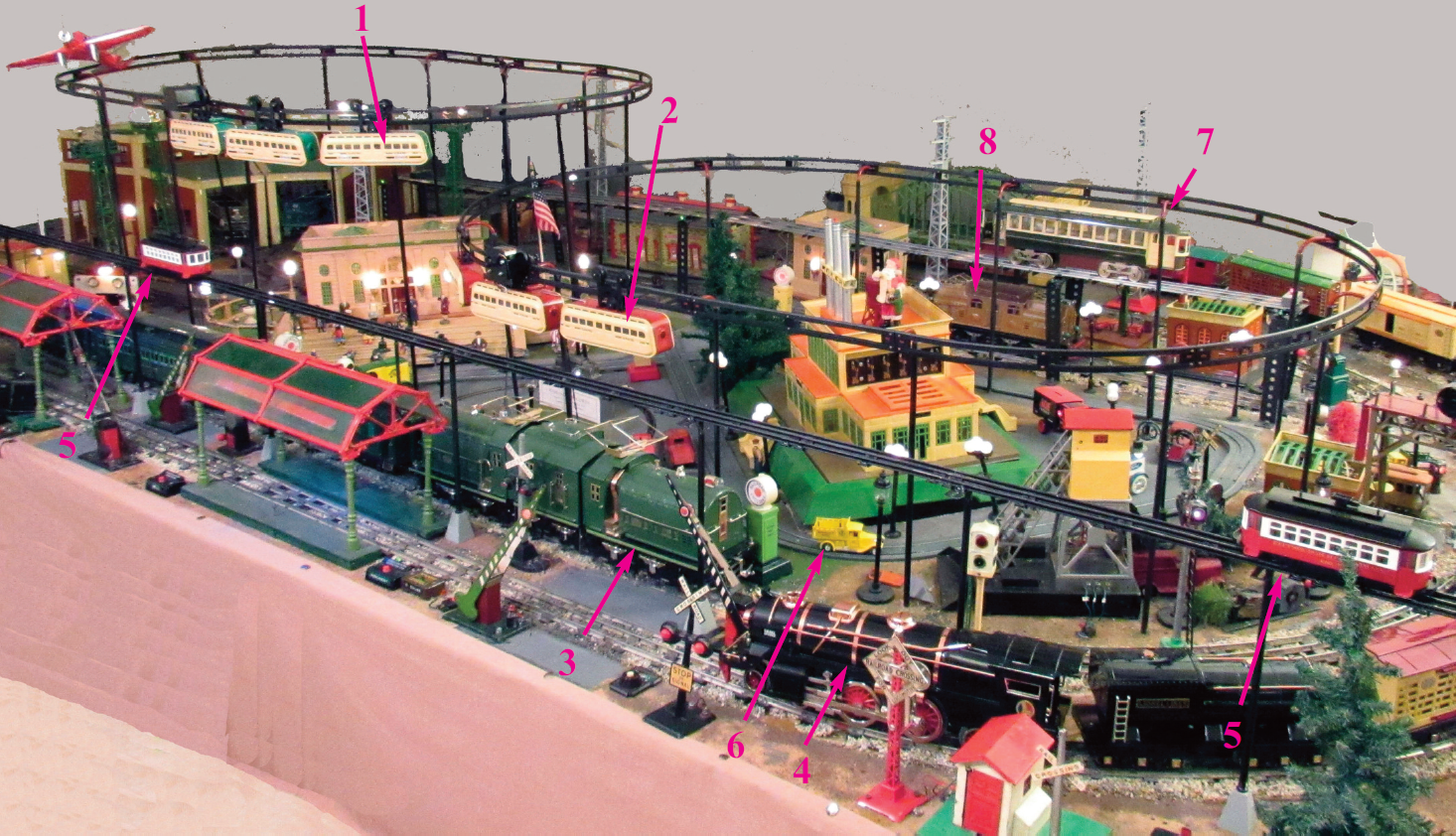
The Bessley Railroad has ten operating lines; eight are visible above. On the far left is (1) the newest MTH monorail. The new rail cars just clear (2) the earlier monorail installation. In addition to the two monorails, there are two main lines, one with deluxe pasenger service featuring (3) the MTH Brute locomotive and four State Cars. The outside mainline is devoted to freight traffic, with (4) a MTH No. 400E locomotive pulling a loing string of freight cars. In the foreground is (5) an 027 trolley line with two trolleys. The trolleys gently collide and reverse direction which provides great rider excitemment. Barely visible at the edge of the No. 840 Power House is (6) a yellow pickup truck providing local delivery. At the rear of the city, (7) a No. 8 "Pay As You Enter" streetcar provides rapid point to point service on a trestle. Below the trestle, (8) a No. 408 locomotive stands ready for freight car transfers. Not visible above are the N Gauge children's railroad trolley in the Lionel Cowen Memorial Park and the LGB tourist tramway to Mt. Bessley |
|
|
|
|